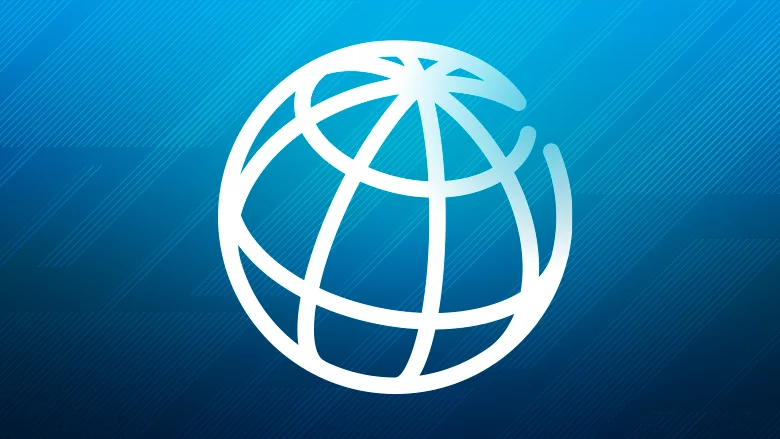Several hundred World Bank-backed projects with the stated aim of tackling climate change have no obvious connection to climate mitigation, a U.S. report finds, questioning its spending figures over two decades.
Researchers at the Centre for Global Development think-tank and the Breakthrough Institute environmental research centre examined more than 2,500 projects in the World Bank climate portfolio listed between 2000 and 2022.
They found that “hundreds” of the projects “appear to have little to do with climate change mitigation or adaptation”.
A “plain reading” of the World Bank’s project documents sheds no light on why they are labelled as climate change projects”, the authors concluded.
The findings come as World Bank president Ajay Banga begins his term at the helm of the lender, which has come under sustained pressure for not doing enough to tackle climate change under his Trump-appointed predecessor. The matter lies at the heart of a summit in Paris next week for the reform of climate finance that Banga will attend.
The research found that loans by the bank aimed at improving municipal transparency in Gaza, for example, or boosting teaching quality at Mexican higher education institutions, and increasing access to healthcare for girls and women in Chad were all labelled as having some climate benefit.
In response, World Bank officials said the lender embedded climate objectives into its development lending, rather than lending only to specific climate projects.
Some development projects would serve climate goals, the officials said. Supporting a land management project may not directly reduce emissions, but it could later help stop deforestation, for example, said one official.
Bank officials also said that since 2011 it had used a methodology employed by all multilateral lenders to express the expected benefits of a loan as a percentage, meaning some projects that have only a small climate co-benefit were still proportionally counted.
But the researchers found that even in some cases where projects were disclosed as having only one percent or two percent of their benefit as a climate benefit, the link to climate change goals was unclear.
They cited a loan to help develop payment automation in Afghanistan, which had been awarded a one percent climate benefit score while delivering no clear climate-related outcomes.
They added that many climate mitigation projects lacked estimates of greenhouse gas emissions reductions, and said there was no standardised reporting of greenhouse gas estimates across the portfolio.
Bank officials countered that the lender did not disclose all working papers underpinning every calculation of critical benefits attributed to every project.
Vijaya Ramachandran, director for energy and development at The Breakthrough Institute and an author of the study, said it was possible to argue that economic development could lead to decreased vulnerability to climate, but “this or any other explanation is completely missing from project documents”.
“To improve its climate spending, the World Bank must have a better handle on its climate portfolio and also be able to accurately measure and demonstrate the effectiveness of projects aimed at addressing climate change. Right now that’s simply not happening.” Bank officials said the lender was working on a new methodology to measure the impact of its climate adaptation and mitigation spending in future.
